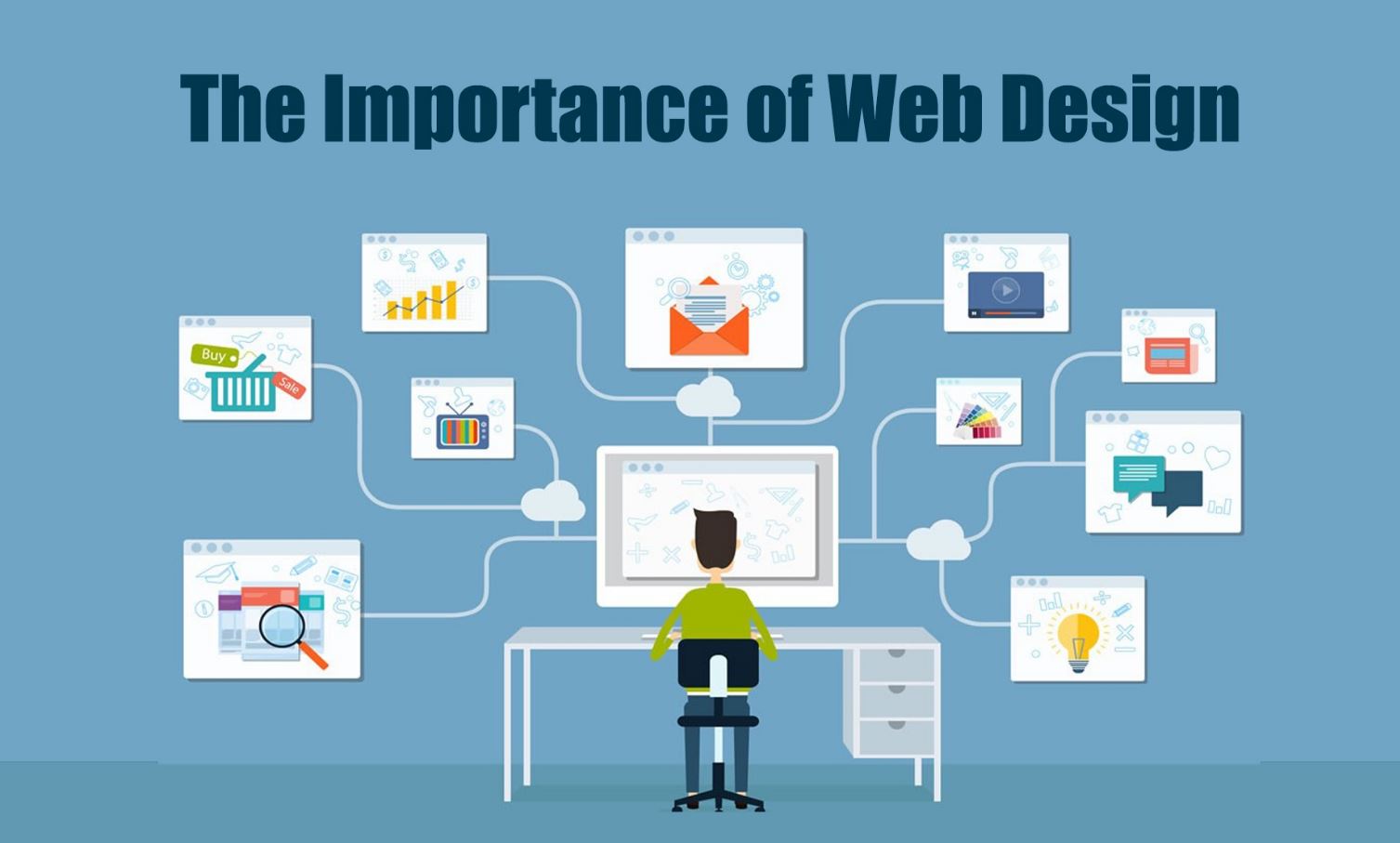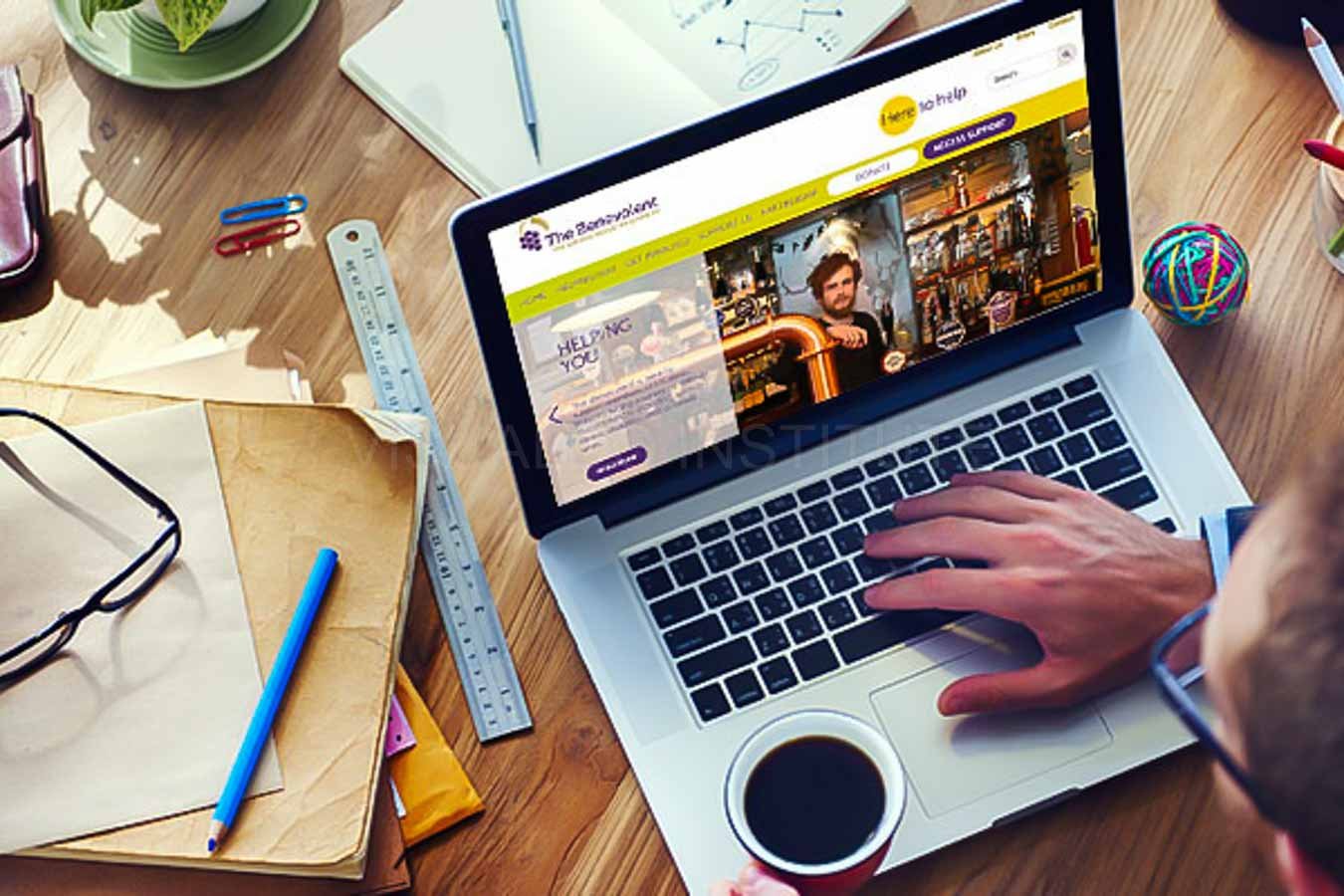Why Web Design and User Experience Must Go Hand-in-Hand for Success
Why Web Design and User Experience Must Go Hand-in-Hand for Success
Blog Article
Elevate Your Online Presence With Sensational Internet Design Tips and Trends
The interplay of aesthetic allure, existing style patterns, and individual experience plays a crucial role in accomplishing this objective. The nuances of reliable layout expand past visual appeals; understanding key methods for optimization can considerably affect your success.
Significance of Visual Charm
This figure emphasizes the essential duty that aesthetics play in individual interaction and retention. Efficient aesthetic design encompasses aspects such as shade plans, imagery, typography, and layout, all of which add to a natural and appealing user experience.
Furthermore, a visually enticing web site infuses a feeling of reputation and professionalism and trust. Individuals are extra likely to trust a website that looks polished and well-structured, which can dramatically influence conversion rates. Conversely, a messy or unattractive design can lead to high bounce prices, as individuals might perceive the web site as untrustworthy or outdated.
Furthermore, the appearances of a site can communicate brand name identity and worths (Web design). Constant use of branding aspects, such as logo designs and color combinations, enhances recognition and fosters a much deeper link with the target market. To conclude, focusing on aesthetic appeal is crucial for producing appealing, trustworthy, and brand-aligned online experiences that resonate with customers
Existing Layout Trends
Modern website design is constantly advancing, and staying updated with existing trends is crucial for creating impactful on-line experiences. One prominent trend is the surge of minimalism, identified by tidy lines, ample white room, and a concentrate on essential aspects. This approach not only enhances functionality but likewise enables content to take facility stage.
Additionally, dark mode user interfaces have actually obtained popularity, offering individuals with a visually striking alternative while decreasing eye stress. This fad straightens well with customer preferences, providing a modern-day aesthetic that is both fashionable and practical.
An additional notable fad is the incorporation of strong typography. Developers are increasingly utilizing large, meaningful fonts to produce visual hierarchy and convey brand messages efficiently. Coupled with lively shade combinations, this trend adds dynamism to website.

Crucial Layout Aspects
Reliable website design pivots on a number of vital design components that together develop a cohesive and interesting individual experience. The very first of these elements is design, which dictates just how content is organized on the page. A well-structured design not just enhances readability yet also overviews users via the site flawlessly.
Color plays a crucial duty in style, affecting feelings and brand perception. An unified shade palette can stimulate details feelings and establish a visual hierarchy, consequently accentuating essential elements. Similarly, typography is crucial; the selection of typefaces need to straighten with the brand identification and ensure clarity throughout tools.
Imagery, including graphics and pictures, adds visual rate of interest and can connect messages rapidly. Top quality pictures relevant to the web content enhance the general aesthetic and involvement. Furthermore, whitespace is often forgotten but is vital for producing equilibrium. It helps avoid clutter, permitting users to concentrate on the essential aspects without interruption.
Lastly, consistency throughout all style components enhances brand name identification and makes navigation instinctive. By thoroughly integrating these vital layout elements, internet developers can develop practical and visually enticing websites that captivate visitors and encourage communication.
User Experience Optimization
A smooth individual experience informative post is essential for retaining site visitors and driving conversions on a web site. Enhancing customer experience (UX) involves understanding your audience and tailoring layout aspects to satisfy their needs efficiently. Key elements of UX optimization include instinctive navigation, quickly loading times, and clear contact us to activity.
To enhance navigating, guarantee that menus are organized practically and accessible from any kind of page. Incorporate breadcrumb routes to assist users conveniently backtrack, decreasing irritation. Speed is another critical element; websites must load within three secs to stop users from abandoning the site. Utilize devices like image compression and web browser caching to enhance tons times.
Furthermore, your site's design ought to prioritize clearness. Usage legible fonts, contrasting colors, and whitespace to produce a visually enticing design that guides individuals through content easily. Contact us to action ought to be prominently displayed, using actionable language that urges customers to engage.
Mobile Responsiveness Strategies
Nearly half of all internet website traffic now originates from mobile devices, highlighting the significance of carrying out durable mobile responsiveness methods. To make certain optimum user experience across different display dimensions, web developers should embrace a liquid grid straight from the source design that adjusts seamlessly to different tools. This technique enables content to resize and restructure without compromising capability or aesthetic appeals.
Integrating flexible pictures and media queries is essential. Pictures should instantly adjust their dimension according to the viewport, while media questions can find gadget characteristics and use customized CSS styles as necessary. This method improves load times and makes sure that users have an aesthetically appealing experience.
Furthermore, focus on touch-friendly navigating elements. Buttons and links must be easily tappable, with adequate spacing to avoid misclicks. Staying clear of hover-dependent interactions further enhances use on touchscreens.
Finally, conducting regular testing throughout various tools and web browsers is vital. Tools like Google's Mobile-Friendly Examination can aid identify areas needing improvement. By adopting these mobile responsiveness approaches, organizations can boost individual involvement, boost internet search engine rankings, and inevitably read here drive conversions, consequently raising their online visibility efficiently.
Verdict
By focusing on visual charm with current style fads and vital aspects, companies can foster trustworthiness and interaction. Optimizing customer experience and making certain mobile responsiveness are essential for promoting smooth interaction throughout devices.

On the other hand, a chaotic or unappealing style can lead to high bounce prices, as customers may regard the internet site as undependable or outdated. - Web design
Reliable internet style pivots on a number of necessary style aspects that with each other create a cohesive and interesting individual experience. Maximizing user experience (UX) involves recognizing your target market and tailoring style aspects to fulfill their needs effectively.
Report this page